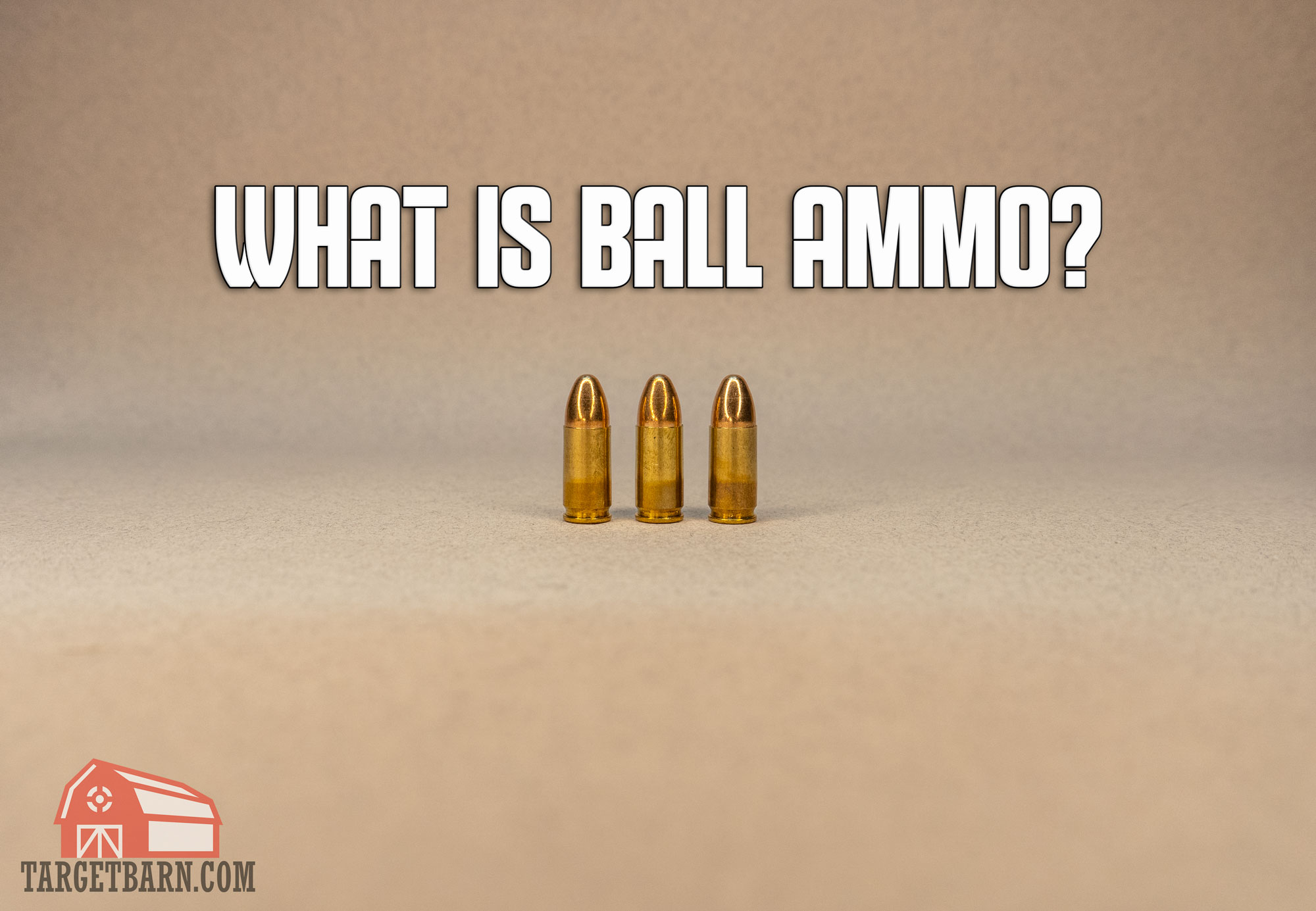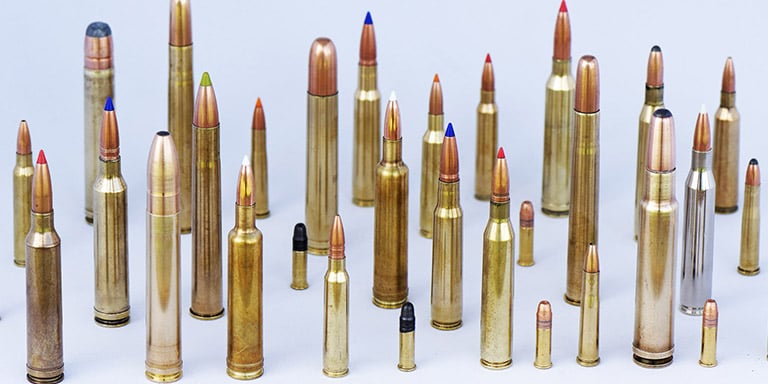Unknown Facts About Ammunition Pro Llc
Table of ContentsThe Ultimate Guide To Ammunition Pro Llc5 Simple Techniques For Ammunition Pro LlcThe smart Trick of Ammunition Pro Llc That Nobody is DiscussingLittle Known Facts About Ammunition Pro Llc.How Ammunition Pro Llc can Save You Time, Stress, and Money.
The basic parts of ammunition coincide for rifle, gun, and shotgun ammunition. Recognizing exactly how ammo works is a vital element in being a responsible weapon proprietor. Today we're checking out the what the fundamental parts of ammunition are and exactly how they work together to discharge a round. The basic parts of ammunition shown on a 9mm. Online Ammunition Store round.The bullet is seated in the open end of the case. When you fire a bullet out of a semi-auto gun, the weapon's extractor lifts the situation from the shooting chamber and it flies out of the weapon.
A gun's firing pin strikes a cartridge's guide. The primer is situated in the rim of the case of a rimfire cartridge.
The 2-Minute Rule for Ammunition Pro Llc
Both usual kinds of guides in centerfire cartridges are Berdan and Boxer primers. Gunpowder next to the situation that commonly has it. Powder, additionally called propellant or gunpowder, is a fast-burning chemical blend. The guide surge ignites it. It is generally a mixture of saltpeter, charcoal, and sulfur.

We call the projectiles for shotshells, which we terminate via shotguns, slugs and shot. A slug is one strong piece, generally constructed out of lead. Shot is a group of pellets made out of lead, steel, bismuth, or tungsten alloy. Shot pellets can come in different sizes and quantities. Currently that you have a fundamental understanding of the basic components of ammo, you can feel a bit extra confident in exactly how your gun and ammo feature!.
The 7-Minute Rule for Ammunition Pro Llc
Maintain up with Special Deals, Advancement Notification of Sales, and Store Occasions
Fun reality: Grains are used to define the mass of a bullet because completely back in the early days of weapons, it was an apothecary's unit of measurement, and a common measure was required to establish just how much lead to utilize to make actors lead bullets (Ammunition for Sale). 'Grains' as a system of action for weight copulates back to old times, and stands for the weight of a grain of wheat

(https://www.storeboard.com/ammunitionprollc1)For recommendation, the weight of a paper clip is around 16 gr. We understand that grains are an action of mass, and a lot more = heavier, and heavy is great? Yes, hefty is excellent, yet mass of the projectile isn't the only point you need to take into consideration when selecting a round for your firearm.
The 10-Second Trick For Ammunition Pro Llc
This spin is created by grooves cut or inculcated the inside of the barrel, which are described as 'rifling'. Fun truth, this is the beginning of the term "Rifle" ex-spouse. A gunned firearm vs. smoothbore firearm. The impact this spin has on projectiles is a stabilizing one the bullet rotating keeps the nose pointed straight, similarly that a completely spiraled football toss is mosting likely to be a lot more secure and accurate in flight than a hideous duck, end over end throw.
Exactly how does this associate to grain weight? Imagine you're on one of those playground slide carousels, the ones with bars you hold on to while it spins.
The same impact happens with bullets. The larger the projectile, the even more result a faster rotate will have on it.
The Ammunition Pro Llc PDFs
There's an additional element that we have to take into consideration when selecting a grain weight for our ammunition. As hinted at above, bullet rate, or the speed of the projectile, is a major factor when establishing the very best grain weight projectile to utilize. Rate is influenced by a few major elements, consisting of the type and amount of propellant (gunpowder), barrel size, and bullet weight.

The most typical grain weight rounds for 9x19mm cartridges are 115gr and 124gr. Both of these grain weight cartridges will do well in factory 9mm handguns, to regular handgun distances (up to 50 yards).